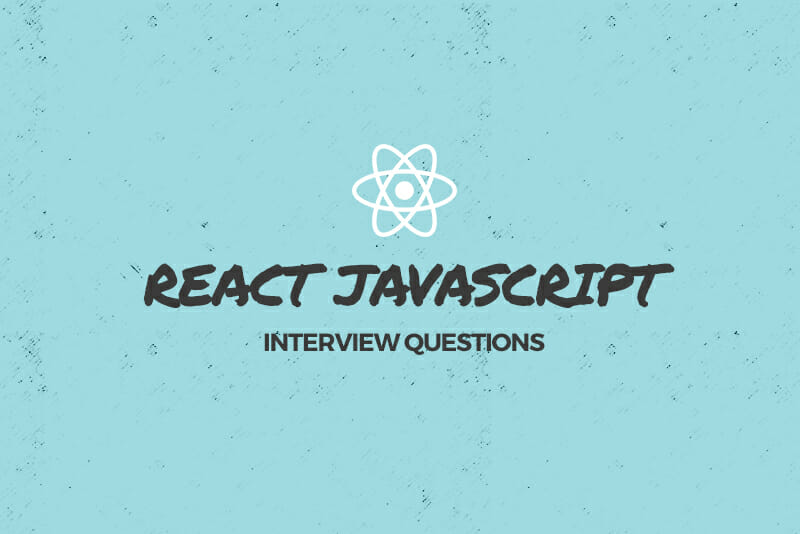Home » Tech Jobs Database » Back-end Developer
Back-end Developer
Also goes by: Back-end Engineer, SQL Developer,
What Is a Back-end Developer?
Back-end developers deal with the server-side of applications, including databases, server logic, APIs, and more. Common languages used are Python, Ruby, Java, .NET, Node.js, and others.
How much will I make?
Salaries can range by location and years of experience, but these are averages for the US.
$106,677.00
according to Salary.com
Will I get a job?
Projected job growth is 22% for the period 2020-2030 in the US, according to the U.S. Bureau of Labor Statistics.
64,957
Total Openings
according to comptia.org
Who will I work for?
- Tech Companies
- E-commerce Companies
- Software Startups
- Financial Institutions
Back-end Developer’s Daily Activities
No Back-end Developer works alone! Back-end Developers spend their days collaborating with designers, other developers, and product or project managers to bring web applications to life. Below you will get a sense for what a day-in-the-life of a Back-end Developer could be:
Collaborate With Your Team Members to Build web applications
Back-end Developers work hand-in-hand with their team members to create web applications. In order to do this, you’ll need to have an understanding of a wide variety of skills including .NET, Python, Ruby. Collaboration can take many forms, including planning and strategy meetings, design brainstorms, reviews, and pairing.
Code Your web application
Much of a Back-end Developer’s day is spent coding. In practice this means having a development environment set up on one’s computer that allows you to track your progress as you go.
Test Your web application
One of the joys of working as a Back-end Developer is that web applications are ALWAYS breaking! As a Back-end Developer one of your core duties is testing your web applications for bugs and errors and working to fix them
Back-end Developer
It’s absolutely possible to become a Back-end Developer even if you have no prior experience in tech and no degree. In fact, a career as a Back-end Developer is one of the best entry level jobs in tech. Read on to learn how to do it!
Learn The Required Skills
First things first, in order to become a Back-end Developer you have to learn the required tech skills!
.NET
NET is an open source software framework developed by Microsoft. .NET is used to develop a wide variety of applications, including web applications, desktop applications, and mobile applications.
Python
Python is a general-purpose coding language—which means it can be used for other types of programming and software development besides web development.
Read MoreRuby
Ruby is a dynamic, object-oriented programming language known for its simplicity, readability, and extensive use in web development and automation.
Read MoreJava
Java is a static “object-oriented” programming language that works on multiple platforms.
Read MoreNode.js
Node.js is a JavaScript framework(opens in a new tab) that makes it possible to use JavaScript for backend development.
Read MoreSQL
SQL stands for “Structured Query Language” and it is a programming language used to manage data in relational database management systems, creating data structures, and accessing data in web development.
Read MoreNoSQL databases
NoSQL databases are non-relational databases that provide flexible data models, suitable for handling large volumes of unstructured or semi-structured data, offering advantages in certain use cases over traditional relational databases.
Server Architecture
Server architecture refers to the hardware and software arrangement that supports a network or application’s data processing and storage.
APIs
API stands for Application Programming Interface, and it’s how computers and web applications share information with each other.
Read MoreGit
Git is a distributed version control system that tracks changes in source code during software development, facilitating collaboration among developers and enabling code management across different versions.
Read MoreTesting and QA
Testing involves systematically verifying and validating software to identify defects and ensure it meets requirements. QA focuses on preventing defects and maintaining high standards. Together, they ensure reliable, user-friendly, and bug-free software products.
Read MoreDebugging
Debugging is the process of finding and fixing errors in code. Debugging is a critical skill for anyone who works with code.
Web Security
Web security focuses on protecting websites and web applications from cyber threats, ensuring data confidentiality, preventing unauthorized access, and safeguarding against common attacks like SQL injection and cross-site scripting (XSS).
Server-side frameworks
Tools for building web applications and APIs. They handle server-side logic, database interactions, and simplify development tasks.
Cloud Platforms
Cloud platforms refer to online services that provide scalable computing resources, storage, and services over the internet, enabling organizations to deploy, manage, and run applications without the need for on-premises infrastructure. The most commonly used cloud platforms are Amazon Web Services (AWS), Google Cloud, and Microsoft Azure.
Serverless Architecture
Serverless architecture is a cloud computing model where the cloud provider manages server infrastructure, allowing developers to focus on code deployment.
Code Efficiency
Code efficiency is the ability to write code that is both fast and reliable. Code efficiency is important for a number of reasons, including performance, cost, and scalability.
Version Control
Version control is the management of changes to documents, source code, or other files, allowing multiple users to collaborate and track revisions, facilitating teamwork and preventing conflicts.
Read MoreBuild A Portfolio
The best way to demonstrate that you have the necessary skills—especially when you have no prior experience—is with a portfolio of professional quality coding samples.
Check out these blog posts for more:
Apply For Tech Jobs
Once you’ve learned all the required technical skills and built a killer portfolio, it’s time to dust off that old resume and LinkedIn profile and hit the pavement, or Internet superhighway as it were, in search of your first job as a Front End Developer!
➡️ Prepare Your Resume, LinkedIn, and Portfolio
Although your most valuable asset as you job search is your portfolio, you do have to cross your t’s and dot your i’s and when it comes to the job search that means optimizing your resume and LinkedIn profile. Tech employers expect you to have all three!
Check out these blog posts for more:
➡️ Build Your Network
Your net worth is in your network, which can be hard when you’re changing careers! But don’t worry, the tech industry is incredibly welcoming to newcomers. Whether you prefer in-person meetups, Slack channels, coffee-over-zoom chats, conferences, hack-a-thons or a little bit of everything, there are tons of opportunities for you to meet fellow techies.
Check out these blog posts for more:
➡️ Find Good Jobs To Apply For
A good job can be hard to find—or is it? The good news about tech is that there are so many openings at so many diverse companies that your biggest challenge will most likely be keeping up with all the opportunities!
Check out these blog posts for more:
➡️ Practice Interviewing
Whether you’re a season pro, or brand new to the tech industry: interviewing for a new job is tough! Add to that technical interviews…and you’ve got a recipe for heartburn, practically guaranteed. Luckily there’s an antacid on the market that works every time: practice. Read on for expert guidance on how to prepare for your next tech job interview.
Check out these blog posts for more:
➡️ Prepare for Technical Tests
Ah the dreaded technical test! Technical tests can come in many different forms: whiteboard tests, pair programming tests, take-home tests, algorithmic tests…just to name a few. Luckily, getting good at technical tests is a skill, just like anything else, and it’s one you can absolutely practice ahead of time.
Check out these blog posts for more:
You Might Also Be Interested In Learning About:
Full Stack Development
Full stack web developers are programmers with a full complement of front end and back end skills. That means, along with knowing how to write backend languanges such as Python, SQL and PHP, a full stack developer is equally at home building front end code with HTML, CSS, and JavaScript.
Learn More
Want more options?
Explore More than 57 tech job Profiles available On the Skillcrush Database
explore the databaseFAQ
-
What does a Back-end Developer do?
Back-end developers deal with the server-side of applications, including databases, server logic, APIs, and more. Common languages used are Python, Ruby, Java, .NET, Node.js, and others. You will find Back-end Developer working at a number of different types of companies including Tech Companies, E-commerce Companies, Software Startups, Financial Institutions.
-
How much do Back-end Developers make?
Although salaries can range by location and years of experience, the average salary for Back-end Developer in the US is $106,677.00 according to Salary.com.
-
Is a Back-end Developer the same as a Back-end Engineer?
Yes, Back-end Developers are sometimes also referred to as Back-end Engineer. Other common names for Back-end Developer include: SQL Developer.
-
Are Back-end Developer in demand?
Yes, Back-end Developer is in high demand: there are currently 64,957 jobs open. And the number of jobs is expected to grow substantially over the next 10 years. Projected job growth is 22% for the period 2020-2030 in the US, according to the U.S. Bureau of Labor Statistics.
-
Is a Back-end Developer a good job?
Yes, with an average salary of $106,677.00 according to Salary.com, and 64,957 current job openings, Back-end Developer is considered a great job.
-
What skills does a Back-end Developer need?
In order to work as a Back-end Developer you will need to know a number of different technical skills including .NET, Algorithms, .NET, AI, AJAX.
-
Is it too late to become a Back-end Developer at 35?
Absolutely not! You can become a Back-end Developer at any age. And since so many jobs in tech, like Back-end Developer, are relatively new, if no one over 35 could become one, there would be even MORE job openings than the 64,957 open Back-end Developer roles that there are!


















